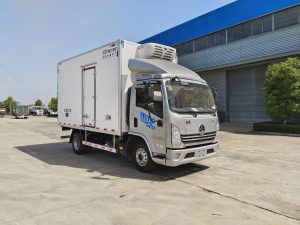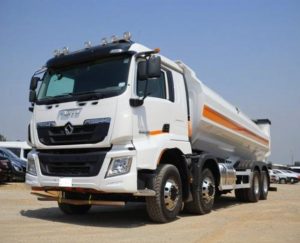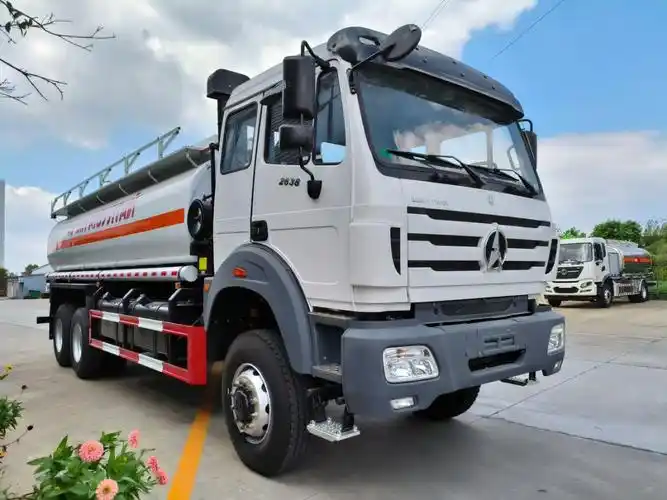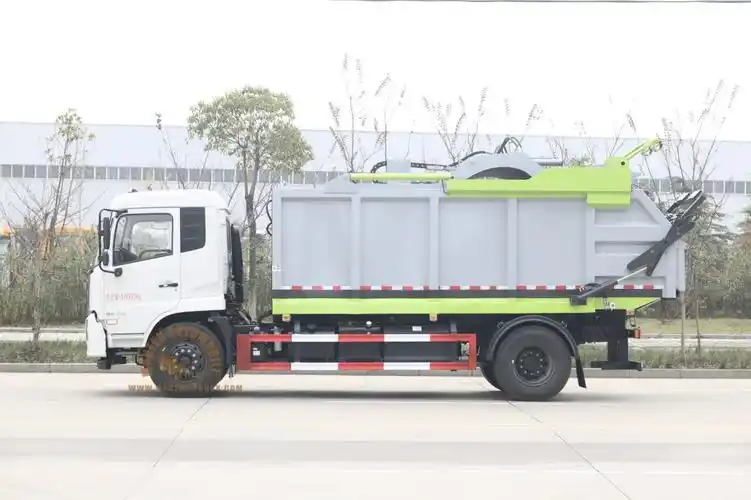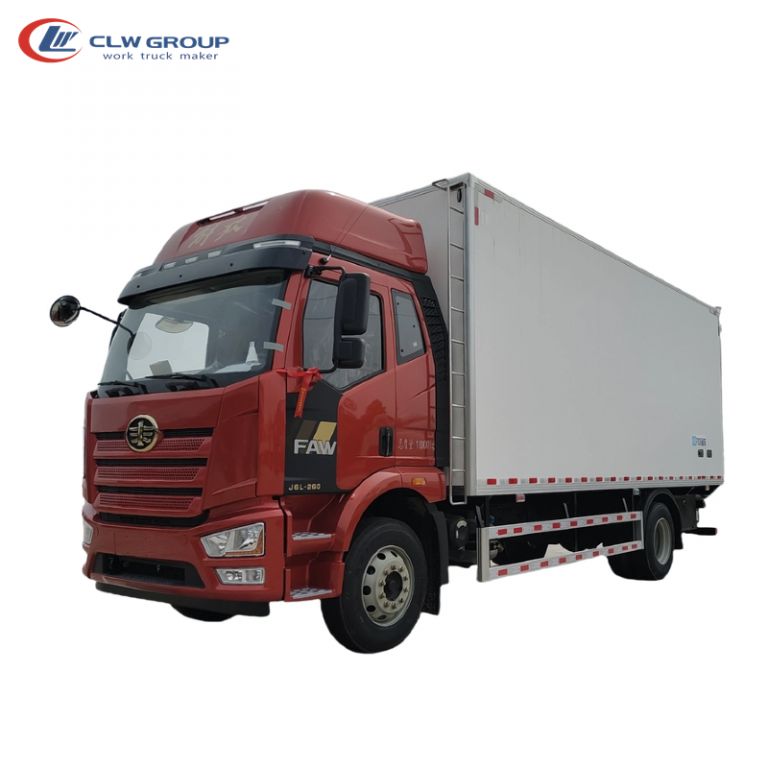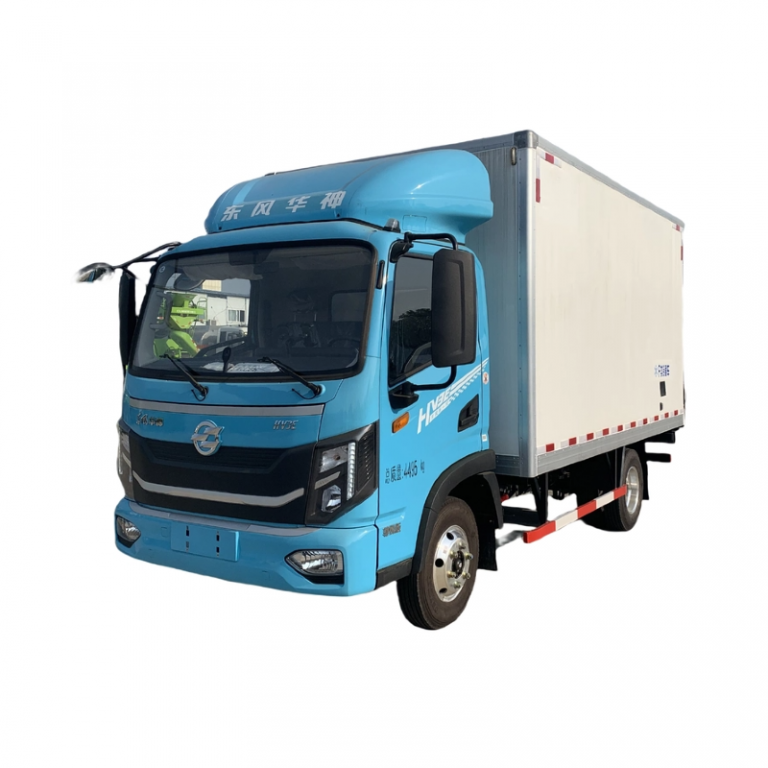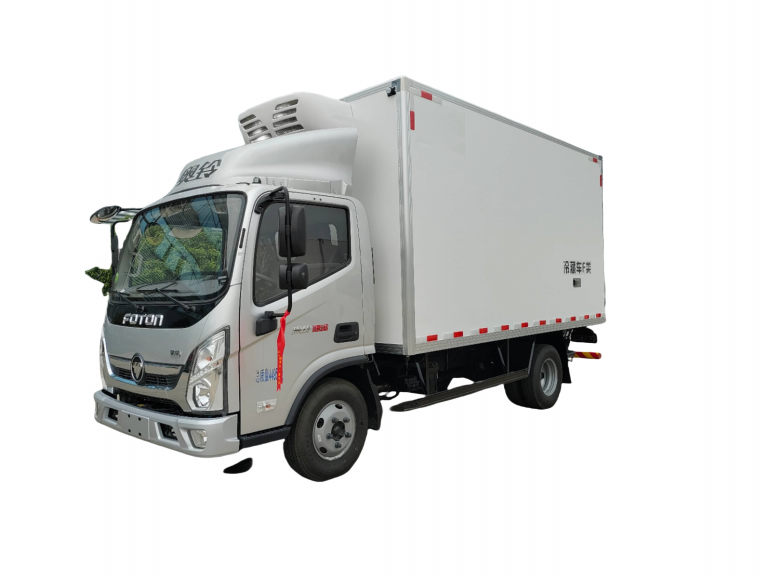Table of Contents
ToggleWhat is a Fire Fight Truck?
When you think of a fire fight truck, what comes to mind? A big, red vehicle racing down the street with sirens blaring? While that’s certainly part of the picture, there’s so much more to these incredible machines. A fire fight truck, also known as a fire engine, is a specialized vehicle designed to transport firefighters and their equipment to the scene of a fire or emergency. But it’s not just about getting there; it’s about the tools and technology that help save lives and protect property.
Fire fight trucks are the unsung heroes of emergency response. They are equipped with a variety of tools and technologies that allow firefighters to tackle blazes, rescue individuals, and respond to various emergencies. From urban settings to rural landscapes, these trucks are essential for ensuring community safety.

The Anatomy of a Fire Fight Truck
Key Components
Let’s break down what makes a fire fight truck tick. At first glance, you might notice the shiny exterior and the bright lights, but look a little closer, and you’ll see a complex system of components working together.
- Water Tank: Most fire fight trucks come equipped with a large water tank, typically holding anywhere from 500 to 3,000 gallons of water. This is crucial for fighting fires on the spot. Imagine being in a situation where every second counts; having a ready supply of water can make all the difference.
- Pump: The heart of the fire fight truck is its pump, which can deliver water at high pressure to hoses and nozzles. This is what allows firefighters to spray water over a burning building. The pump is often powered by the truck’s engine, ensuring that it can operate effectively even in the most challenging conditions.
- Hoses and Nozzles: Fire hoses are essential for directing water where it’s needed. Different types of nozzles can adjust the spray pattern, allowing for everything from a fine mist to a powerful stream. This versatility is crucial when dealing with different types of fires, whether it’s a small kitchen fire or a large warehouse blaze.
- Ladders and Tools: Many fire fight trucks are equipped with ladders for reaching high places, as well as tools for breaking down doors or cutting through debris. These tools are vital for rescue operations, allowing firefighters to access trapped individuals quickly.
- Communication Systems: Modern fire fight trucks are equipped with advanced communication systems that allow firefighters to stay in contact with their command center and other emergency responders. This ensures that everyone is on the same page and can coordinate their efforts effectively.
Types of Fire Fight Trucks
Not all fire fight trucks are created equal. Depending on the needs of a community, you might find different types of fire engines, including:
- Pumper Trucks: These are the most common type, designed primarily for pumping water. They are versatile and can handle a variety of fire situations.
- Aerial Trucks: Equipped with extendable ladders, these trucks are used for high-rise fires. They allow firefighters to reach upper floors of buildings, making them essential in urban areas.
- Wildland Fire Engines: Built for off-road capabilities, these trucks are used in forested areas to combat wildfires. They often have specialized equipment to handle the unique challenges posed by wildland fires.
- Rescue Trucks: These trucks are equipped with tools and equipment specifically for rescue operations, such as extrication tools for vehicle accidents. They play a crucial role in saving lives during emergencies.
The Importance of Fire Fight Trucks
Role in Emergency Response
Fire fight trucks are the backbone of emergency response teams. When a call comes in about a fire, every second counts. These trucks are designed to respond quickly, ensuring that firefighters can get to the scene and start combating the blaze as soon as possible.
Imagine a small fire in a home. If the fire fight truck arrives promptly, the firefighters can douse the flames before they spread, potentially saving lives and property. Without these trucks, the response time would be significantly longer, leading to devastating consequences.
Moreover, fire fight trucks are not just about fighting fires. They are also equipped to handle medical emergencies, hazardous material spills, and other crises. This versatility makes them invaluable assets to any community.
Community Safety and Preparedness
Beyond just fighting fires, fire fight trucks play a vital role in community safety. They are often involved in public education campaigns, teaching residents about fire safety and prevention. Firefighters frequently visit schools and community centers to share important information about how to prevent fires and what to do in case of an emergency.
Their presence in the community serves as a reminder of the importance of being prepared for emergencies. Communities that have well-equipped fire departments with modern fire fight trucks tend to be more resilient in the face of disasters.
How Fire Fight Trucks Work
Water Supply Systems
So, how does a fire fight truck actually deliver water? It all starts with the water supply system. Most fire engines have a built-in water tank, but they can also connect to hydrants or other water sources. This flexibility is crucial, especially in urban areas where hydrants are readily available.
When firefighters arrive at a scene, they assess the situation and determine the best water supply method. If the fire is small and manageable, they might use the water from their tank. However, for larger fires, they can quickly connect to a nearby hydrant to access a more substantial water supply.
Pumping Mechanisms
The pumping mechanism is where the magic happens. Fire fight trucks use powerful pumps to draw water from their tanks or external sources. These pumps can generate high pressure, allowing firefighters to shoot water over long distances. It’s like having a supercharged garden hose, but for tackling raging infernos!
The pump operator plays a critical role in managing the water flow. They must adjust the pressure and flow rate based on the type of fire and the equipment being used. This requires skill and experience, as the wrong settings can hinder firefighting efforts.
Choosing the Right Fire Fight Truck
Factors to Consider
If you’re in the market for a fire fight truck, there are several factors to consider. First, think about the size of your community and the types of emergencies you’re likely to face. A small town might only need a basic pumper truck, while a larger city may require a fleet of specialized vehicles.
Next, consider the budget. Fire fight trucks can be a significant investment, so it’s essential to weigh the costs against the benefits.
Budgeting for a Fire Fight Truck
When budgeting for a fire fight truck, don’t forget to factor in maintenance and operational costs. These vehicles require regular upkeep to ensure they’re ready when duty calls.
In addition to the initial purchase price, consider the costs of training personnel to operate the truck and maintain its equipment. Investing in a quality fire fight truck is crucial for ensuring the safety and effectiveness of your fire department.
Maintenance and Care for Fire Fight Trucks
Routine Checks
Just like any vehicle, fire fight trucks need regular maintenance. Routine checks should include inspecting the water tank, pump, hoses, and other equipment. This ensures that everything is in working order and ready for action.
Imagine a fire truck that arrives at a scene only to find that its pump isn’t functioning correctly. That’s a nightmare scenario for any firefighter! To prevent such situations, fire departments typically follow a strict maintenance schedule. This includes daily checks before a truck goes out on a call, as well as more comprehensive inspections on a weekly or monthly basis.
Daily Maintenance Tasks
- Visual Inspections: Firefighters should conduct a quick visual inspection of the truck to check for any obvious issues, such as leaks or damage to the body.
- Fluid Levels: Checking the oil, coolant, and water levels is crucial. Low fluid levels can lead to engine problems or pump failures.
- Equipment Check: Ensure that all firefighting equipment, including hoses, nozzles, and ladders, are in place and functioning properly.
- Battery and Electrical Systems: Fire trucks rely heavily on their electrical systems for lights, sirens, and communication devices. Regular checks can prevent electrical failures during emergencies.
Common Repairs
Even with regular maintenance, repairs are sometimes necessary. Common repairs might include fixing leaks in the water tank or replacing worn-out hoses. It’s crucial to address these issues promptly to avoid any hiccups during an emergency.
- Pump Repairs: The pump is a critical component of a fire fight truck. If it fails, it can render the truck useless in a firefighting scenario. Regular servicing can help identify potential issues before they become major problems.
- Hose Replacement: Fire hoses can wear out over time due to exposure to heat and pressure. Regularly inspecting hoses for cracks or leaks is essential, and replacing them when necessary can prevent failures during a fire.
- Electrical System Maintenance: Given the reliance on electrical systems, ensuring that all wiring is intact and that batteries are charged is vital. This includes checking the functionality of lights and sirens, which are crucial for safety during responses.
Innovations in Fire Fight Truck Technology
Eco-Friendly Options
As technology advances, so do fire fight trucks. Many manufacturers are now focusing on eco-friendly options, such as electric or hybrid engines. These innovations not only reduce emissions but can also lower operational costs in the long run.
Imagine a fire truck that runs on electricity instead of diesel. Not only does this reduce the carbon footprint, but it also means less noise pollution in residential areas. Electric fire trucks are becoming more popular, especially in urban settings where noise and air quality are significant concerns.
Advanced Communication Systems
Another exciting development is the integration of advanced communication systems. Modern fire fight trucks are equipped with technology that allows for real-time communication between firefighters and command centers. This ensures that everyone is on the same page, improving response times and coordination during emergencies.
- GPS and Mapping Technology: Many fire trucks now come equipped with GPS systems that provide real-time mapping and routing. This helps firefighters navigate to the scene of an emergency more efficiently, especially in unfamiliar areas.
- Data Sharing: Advanced communication systems allow for data sharing between different emergency services. This means that if a fire truck is responding to a call, other units can be informed of the situation, allowing for better resource allocation.
- Drones and Aerial Surveillance: Some fire departments are beginning to use drones for aerial surveillance during large fires. This technology provides a bird’s-eye view of the situation, helping firefighters make informed decisions about how to approach a blaze.
Conclusion: The Lifesaving of Fire Fight Trucks
In conclusion, fire fight trucks are more than just big red vehicles; they are essential tools in the fight against fires and emergencies. From their intricate components to their vital role in community safety, these trucks are a testament to the bravery and dedication of firefighters everywhere.
Fire fight trucks are not just about putting out fires; they are about saving lives, protecting property, and ensuring that communities are prepared for emergencies. The advancements in technology, from eco-friendly engines to advanced communication systems, are making these vehicles even more effective in their roles.
So, the next time you hear a siren or see a fire fight truck zooming by, remember the incredible work they do to keep us safe. Whether it’s a small fire or a raging inferno, these trucks are always ready to answer the call. Their presence in our communities is a reminder of the importance of preparedness and the dedication of those who serve in the fire service.
Final Thoughts
As look to the future, it’s clear that fire fight trucks will continue to evolve. With ongoing innovations in technology and a growing emphasis on sustainability, the fire service is adapting to meet the challenges of modern emergencies.
Communities must support their local fire departments, ensuring they have the resources and equipment needed to protect lives and property. After all, when the alarm sounds, we want our firefighters to have the best tools at their disposal.
In the end, fire fight trucks are not just vehicles; they are symbols of hope, courage, and community resilience. Let’s continue to appreciate and support the vital role they play in our lives.

